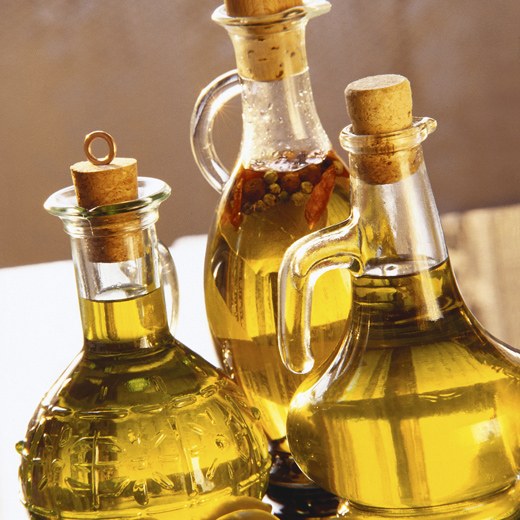Chemical properties of oleic acid
Chemical properties of oleic acid
Oleic acid is the mostspread in nature among unsaturated acids. It is a part of vegetable oils and animal fats. Its chemical properties are interesting, as well as the method of production in industry.

Basic properties
Oleic acid has chemical propertiescarboxylic acids and olefins. It forms derivatives of the carboxyl group, and when saturated with hydrogen it passes into stearic acid. According to its chemical properties, it belongs to the group of monounsaturated omega-9 fatty acids. Under the action of strong oxidants, for example ozone or potassium permanganate, a mixture of pelargonic and azelaic acids is formed. This chemical property is used for their industrial production. Cis and trans isomerization takes place in the presence of various catalysts, such as selenium, aliphatic nitriles, sulfur and nitrogen oxides. These processes are reversible, and the equilibrium mixture contains about 75-80% elaidic acid. Esters of oleic acid and its salts are called oleates. Oleic acid dissolves in benzene, chloroform and ethanol.Oleic acid in nature
In humans and animals, oleic acidis formed during the dehydrogenation of stearic acid, and in microorganisms - with the extension of the chain of unsaturated fatty acids. Its presence in animal fat prevents its peroxidation. It is a part of vegetable oils and animal fats, in sunflower oil contains about 40% oleic acid, in olive - up to 81%, in almond - up to 85%, in peanut - 66%, in pork fat - up to 45%, and in beef - up to 42%.Receiving
In industry, oleic acid is producedhydrolysis of fats and vegetable oils. First, fractionation of the fatty acid mixture formed is carried out, then proceeding to multiple crystallization from acetone or methanol at -40 ° C. Technical oleic acid is called olein, it is an almost transparent pasty or liquid product that solidifies at a temperature of +10 to +34 ° C. Its color varies from light yellow to brown. As a rule, olein contains impurities of saturated and unsaturated fatty acids. In some of its grades, up to 15% of naphthenic acid may be present.Application
Oleic acid and its ethers are added atproduction of paint and varnish materials as a plasticizer. Its salts are an emulsifying agent and one of the main components of soap, and it is also widely used as an emollient. Small amounts of the substance may be present in pharmaceutical preparations. Oleic acid is used as an emulsifier and stabilizer of invert emulsions in oil-based drilling fluids, in the processing of stainless steels and alloys, as well as as a solubilizing agent and emulsifier in aerosols.








